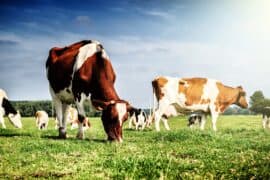Agonum fuliginosum
(Agonum fuliginosum)
Description
Agonum nigrum is one of the beetles in thesubfamily (subfamily) ground runners (Harpalinae) in the family group of beetles. The systematics follows Carabidae of the World. Agonum nigrum is found in Europe, North Africa and Asia. Not available in Norway. Agonum nigrum is between 7-9 mm long. It is dark, almost black and has a metallic sheen. The third groove spacers (from the middle / seam) usually have three brush points (rigid hairbrushes). The fourth part of the antennae with fine short hairs, in some species also on the third part, and some long bristles in the tip. (Requires magnification to view). The chest shield is narrower than the shoulders (the front of the coverts). The first joint of the hind foot (tars) is clearly longer than the groove in the tip of the calf (tibia). Agonum nigrum lives on moist meadows, along watercourses. It belongs to the group of insects with complete transformation (holometabolic insects), which undergo a metamorphosis during development. The larvae are radically different from the adults in lifestyle and in physique. Between the larval stage and the adult stage is a pupal stage, a resting period in which the internal and external organs of the beetle change. Agonum is a large genus of ground beetles in the subfamily Harpalinae, tribe Platynini. They are mid-sized to smallish beetles, typically with dark metallic hues – often reddish or bronze, but sometimes black, green etc. The genus is generally native to the Holarctic and the Mediterranean region; their southern limit in Central Asia and the Himalaya region is less well understood, and they seem to range outward a bit out of their core regions (e.g. into East Africa). They are wet-loving throughout their life cycle; for example, the genus is well represented in Ireland, where they are more plentiful than anywhere else in Europe.
Taxonomic tree:







